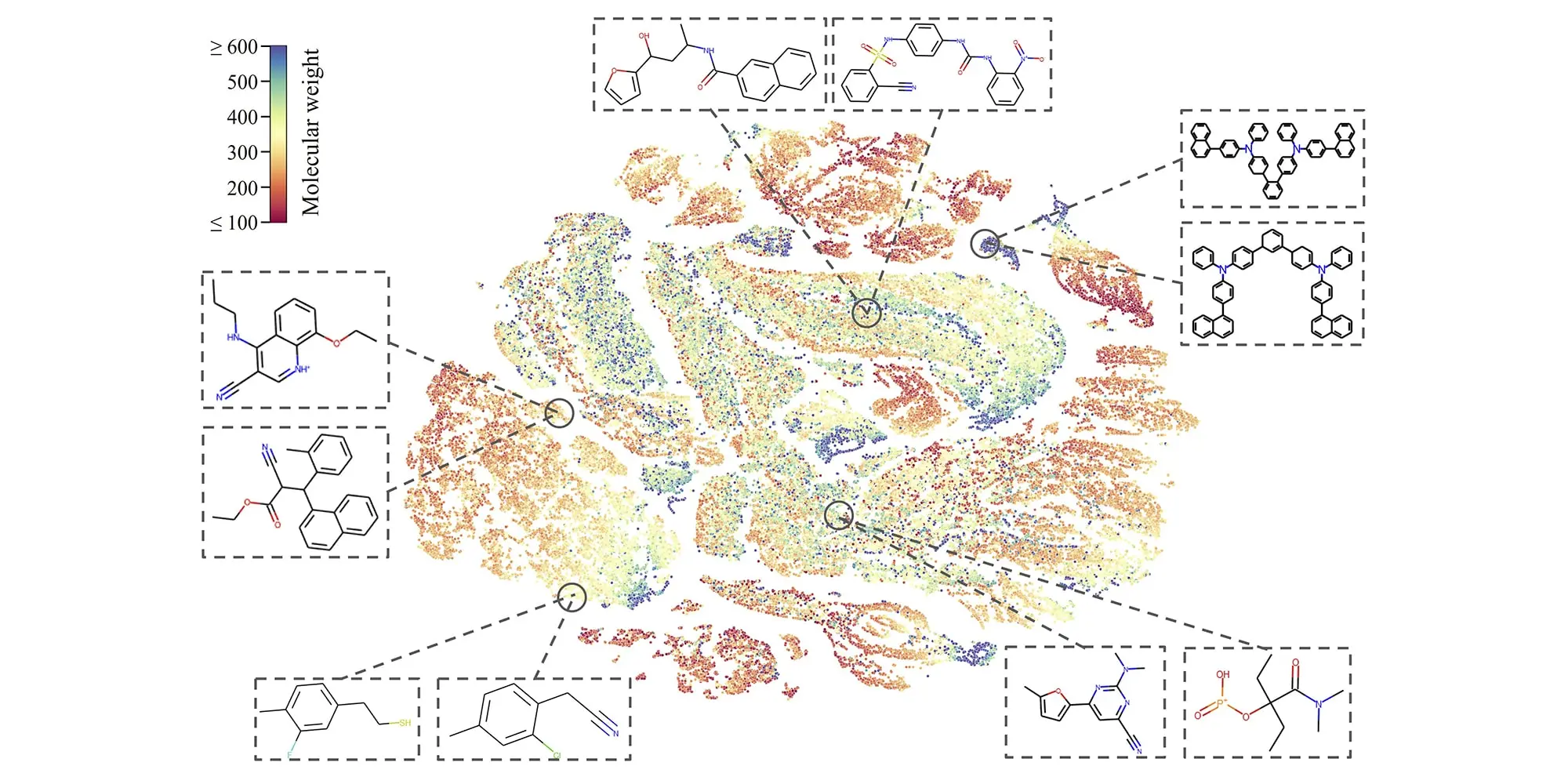At present, the research in the field of machine learning and artificial intelligence is the key technology of almost every industry and company. Because there are too many news about it, no one can read it all. In this regard, perceptron specially collects some of the most relevant latest findings and papers -- especially in the field of artificial intelligence (AI), and is not limited to this -- and explains why they are important.
This week in the field of AI, a team of engineers from the University of Glasgow developed "artificial skin", which can learn to experience simulated pain and respond. Elsewhere, deepmind researchers have developed a machine learning system that can predict the movement of football players on the pitch, while the research team from the Chinese University of Hong Kong (CUHK) and Tsinghua University has created an algorithm that can generate realistic photos -- or even videos -- of human models.
According to a press release, the Glasgow team's artificial skin uses a new processing system based on "synaptic transistors" to mimic the neural pathways of the brain. These transistors are made of zinc oxide nanowires printed on a flexible plastic surface and are connected to a skin sensor that records changes in resistance.

Although artificial skin has been tried before, the team said that the difference in their design is that it uses a circuit built into the system to act as an "artificial synapse" -- reducing the input to a voltage spike. This speeds up processing and allows the team to "teach" the skin how to respond to simulated pain by setting the threshold of the input voltage, the frequency of which varies according to the level of pressure applied to the skin.
The team believes that this skin can be used in robotics, for example, it can prevent the robot arm from being exposed to dangerous high temperatures.
Related to robotics, deepmind said that it has developed an AI model, graph impulse, which can predict the moving position of football players by recording only some players. More impressively, the system can predict players outside the camera's field of view, which enables it to track the position of most, if not all, players on the field with considerable accuracy.

Graph impulse is not perfect. However, deepmind researchers said that it can be used to establish the field control model and other applications. In other words, assuming that the ball is in a specific position, the player can control the probability of the ball. In addition to football and other sports analysis, deepmind predicts that the technology behind graph impulse will be applied to fields such as pedestrian modeling on roads and crowd modeling in stadiums.
Although artificial skin and motion prediction systems are impressive, it is certain that photo and video generation systems are developing rapidly. Obviously, there are some high-profile technologies, such as openai's dall-e 2 and Google's image. However, take a look at text2human developed by CUHK multimedia lab, which can translate the title "this woman is wearing a short sleeved T-shirt and denim skirt with solid color patterns" into a photo of a person who does not actually exist.
Tsinghua University has cooperated with Beijing Institute of artificial intelligence to create a more ambitious model called cogvideo, which can generate video clips from text. These clips are full of camouflage and other visual oddities, but considering that they are completely fictional scenes, it is difficult to criticize them too severely.
Machine learning is often used in drug discovery, where nearly unlimited molecules appearing in the literature and theory need to be sorted out and characterized in order to find potential beneficial effects. However, due to the large amount of data, the potential cost of false positives is quite high, and even the 99% accuracy is not good enough. This is especially true for unlabeled molecular data, which account for the majority so far.

CMU researchers have been trying to create a model that classifies billions of uncertain molecules without any additional information by training the model. It makes slight changes to the structure of (virtual) molecules, such as hiding an atom or removing a bond, and then observes how the resulting molecules change. This allowed it to learn the intrinsic properties of how this molecule forms and behaves -- and to outperform other AI models in identifying toxic chemicals in the test database.
In addition, molecular characteristics are also the key to the diagnosis of diseases - two patients may have similar symptoms, but after careful analysis of their laboratory results, it is found that their conditions are very different. Of course, this is standard medical practice, but with the accumulation of data from multiple tests and analyses, it becomes difficult to track all correlations. The Technical University of Munich is working on a clinical meta algorithm that integrates multiple data sources to distinguish certain liver diseases with similar manifestations. Although such models will not replace doctors, they will continue to help deal with the growing volume of data, and even experts may not have the time or expertise to explain.